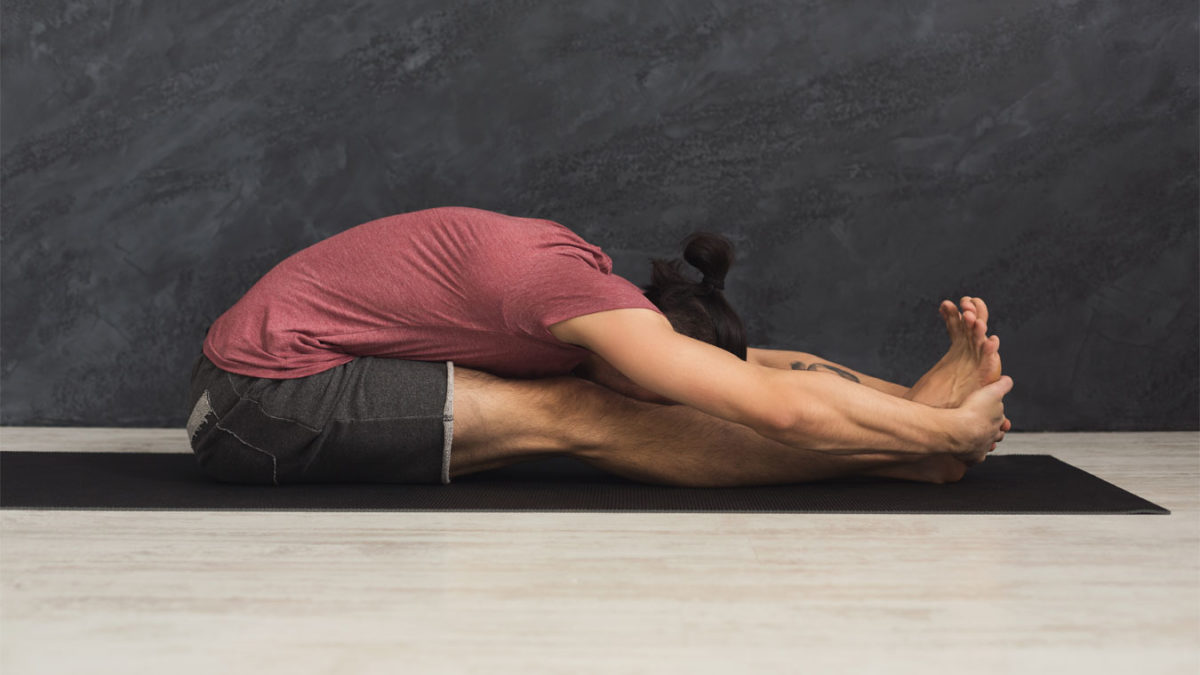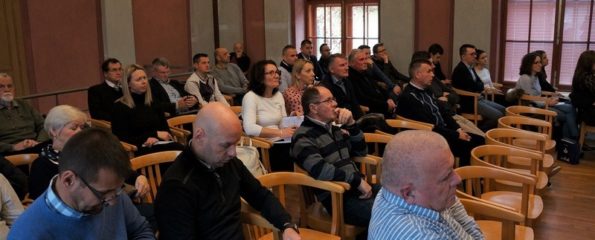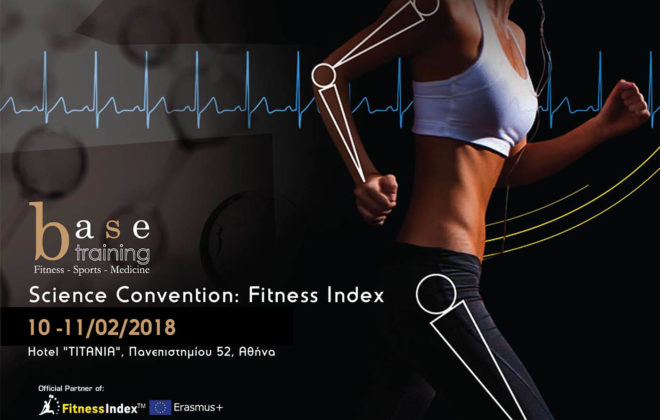STRETCHING – What are we actually doing?
Stretching is a very broad term. It can be used on the beginning of training, for flexibility training of soft tissues and for stretching or relaxing muscles after training. Stretching pertains to active and passive movements or retaining certain positions of the body with the aim of immediate extension of certain muscles or muscle groups (Šimić, 2009).
Why do I like this definition?
As I pointed out in it, it is implied that the muscle during stretching changes its mechanical properties, after which it returns to its initial position. So, the muscle has its origin and attachment and does not stay extended / elongated after such activity. Also, stretching can be divided into static and dynamic. There are many more types of stretching that are used in practice – depending on the desired goals – but here we will talk about basic, binary, division and we will mainly talk about static stretching.
Static stretching can be defined as a movement of the limb until the end of its range of motion, where it is held for some time (Kalerud, Gleeson 2013). What exactly do I mean when I say “some time”, I will explain in the next parapgraph.
MUSCLE PHYSIOLOGY
Each muscle fiber contains a certain number of myofibrils and each myofibril contains actin and myosin filaments. Actin filaments are attached to the Z-plate and extend between myosin filaments. Part of the myofibril located between adjacent Z-plates is called sarcomere. Sarcomere is the basic functional myofibril unit responsible for muscle contraction. The stretching of the muscle itself starts with the sarcomere. By the contraction of the sarcomere, the overlapping area between actin and myosin increases, while stretching produces the opposite effect. When the sarcomere is stretched to the point of rupture it can achieve twice the resting length. This shows that muscle can withstand great stress and change of length (Michael J. A., 2004).
Hypothesis on the Effect of Long-Term Muscle Stretching
When it comes to the effect of prolonged stretching on the muscle, there is a presumption that it leads to myofibrilogenesis or serial addition of sarcomeres. Researchers of the 70’s and 80’s have been studying the effects of muscle immobilization in the extended or shortened position in animals. Tabary et al. found that by immobilizing the muscles in the extended position, up to 20% more sarcomeres are present in the series. However, after a while, when it comes to its natural position, muscle length returns to its initial values. The opposite is the case with muscle immobilization in a shortened position. Wiliams et al. found that stretching led to the addition of sarcomeres in the series at the end of muscle fiber.
The second theory is called “popping-sarcomere hypothesis”. Morgan et al. argue that weak sarcomeres in the muscle fiber – so-called “half-sarcomeres” – are always the first susceptible to tensile stress and by that act on other weak sarcomeres in the series, which can cause tearing of the membrane (sarcolemma, T-tubule) and disruption of cellular calcium homeostasis. It is interesting that this change is not directly influenced by neural control but it is the response of the muscle to passive tension as an external factor!
These hypotheses must be further questioned for a number of reasons:
- the studies used the muscles of different animals in the experiments;
- what type of stretching (static, dynamic, PNF) should be used to obtain more sarcomeres in the series or cause membrane ruptures;
- how long and at which intensity should we stretch the muscle?
- which are biomechanical, neurological and molecular mechanisms of this process?
Also, to understand the effect of static stretching, we must be aware of the concept of autogenic inhibition and Golgi’s tendon reflex. Golgi’s tendon organ is a proprioceptive sensory receptor organ that senses the amount of tension in the tendon, while the muscle spindle is the primary source of sensory information from the skeletal muscles that provides information on the absolute size of the muscle stretching as well as the rate of muscle length changes. When we hold the stretched position, tension in the muscles and tendons is created. Tension is caused by the stimulation of Golgi’s tendon organ and its activation, where – due to too much tension within the musculoskeletal unit – the muscle spindle reduces its activity and muscle relaxes (thanks to the mechanism of autogenic inhibition). (Marković & Mikulić, 2015)
I emphasize that this tension i.e. stretched position is necessary to hold until Golgi’s tendon organ activation does not annul the muscle spindle. It is estimated that it takes about 30 to 60 seconds for this and the effects is a relief that we feel in the muscle during stretching after a certain time.
RECOMMENDATIONS
Based on current knowledge, we can conclude that it is not yet clear what is happening in the muscle itself during its stretching, but the recommendations on how and when to stretch are well defined.
- How long does it take to hold the position of a strained muscle to positively influence soft tissue flexibility?
Studies show an improvement in the range of movements already after 10 seconds of static stretching (Borms 1987), however holding a stretched position for about 30 seconds showed significant changes in relation to 15 seconds, and similar changes in relation to 60 seconds (Entyre, 1986). Thus, this confirms the above-mentioned autogenic inhibition mechanism indicating that 30 seconds of continuous stretching has a positive effect on soft tissue flexibility. Maintaining a strained position under 10 seconds will not make any significant changes!
- Can the stretching affect the reduction in the likelihood of injury?
At first, we would think that stretching has a major impact on reducing the possibility of injury, but as a separate factor there is no such proof. Two studies have been conducted on the population of soldiers who in their training program eventually end up with a lot of injuries. Pope and associates carried out the calf muscle stretching of the soldiers 2 × 20 seconds (Gastrocnemius/soleus) before conducting the training, and in another study of the same authors stretching was performed on six muscle groups of lower extremities by 20 seconds. After twelve weeks it was shown that the experimental group had 181 injuries and the control 200 injuries. As we see, decreased flexibility of soft tissue as a stand-alone factor does not affect statistically significantly the occurrence of injuries.
Future research should examine the impact of longer stretching on the prevention of injuries and maybe consider other factor affecting occurrence of injuries. Increasing the range of motion on the account of higher soft tissue flexibility will certainly affect the total number of injuries.
- Can we affect the decrease in muscle inflammation?
We can, but as in the previous paragraph, static stretching as a separate factor has a relatively small effect on preventing inflammation.
Five studies investigated the influence of static stretching on the subjective feelings of pain of the subjects after eccentric training. It is concluded that the subjective feeling of pain decreases 72 hours after training. Subjects perceived a decrease in pain averaging 2 mm on the pain scale of 100 mm (Herbert, Gabriel 2002). (We are aware that this is an indirect indication of the reduction of muscle inflammation)
- can long-lasting static stretching in the preparation for training reduce abilities of athletes in the main part of training?
Static stretching causes a slight decline in abilities involving rapid force production in a short time, such as in sprints and jumps. Pinto et al. show the decrease of effects in the group that performed 60 seconds of stretching (2.7 – 3.4%), and the group that performed 30s of stretching did not have a decline in abilities. The Winchester et al. indicate that the stretching of 3 × 30 seconds causes a decline in sprinting abilities by 3%.
CONCLUSION
If we want to achieve soft tissue flexibility by static stretching, it is necessary to keep the position stretched 30 – 60 seconds per muscle group at least 3 – 5 times per week. If we want to do this after hard training to reduce muscle inflammation, static stretching itself has a relatively small effect and should be combined with other factors affecting muscle recovery. Also, prolonged static stretching (≥ 30 s) at the beginning of training has small negative effects in activities that involve jumps and sprints. These are small effects that occur within 15 minutes after the implementation of the stretching but later disappear. Also, applying dynamic movements immediately after static stretching can reverse the negative effects. If you’re a recreational athlete, you don’t need to be bothered with those small effects.
REFERENCES:
- Šimić, L. (2009). Akutni efekti statičkog istezanja na visinu vertikalnog skoka: meta analiza. (Diplomski rad). Zagreb: Kineziološki fakultet sveučilišta u Zagrebu
- Kallerud, H., I Gleeson, N. (2013). Effects of stretching on performances involving stretch-shortening cycles. Sports Medicine, 43(8):733-750.
- Physiology of sports and exercise (W.Larry Kenney /Jack H. Wilmore/ David L. Costil)
- Science of flexibility (Michael J.Alter /2004)
- Tabary JC, Tardieu C, Tardieu G, Tabari C, Gagnard L. Functional adaptation of sarcomere number of normal cat muscle. J Physiol (Paris) 1976;72:277-91
- Wiliams PE, Goldspink G. Changes in sarcomere length and physiological properties in immobilized muscle. J Anat (London) 1978;127:459-68
- Marković, G. i Mikulić, P. (2015). Neuro-musuloskeletal and performance adaptations to lower-extremity plyometric training.
- Borms, J. Roy, P. Santens, JP. Haentjens, A. (1987). Optimal duration of static stretching exercizes for improvement of coxo- femoral flexibility.
- Etnyre, Bruce, R. Abraham, Lawrence D. (1986). Gains in ankle dorsiflexion using three popular stretching techniques.
- Pope, R. Herbert, R. Kirwan, J. (1998). Effects of ankle dorsiflexion range and pre-exercise calf muscle streching on injury risk in army recruits.
- Pope, R. Herbert, R. Kirwan, J. Graham, B. (2000). A randomizes trial of preexercise stretching for prevention of lower-limb injury.
- Pinto MD, Wilhelm EN, Tricoli V, Pinto RS, Blazevich AJ. (2014). Differential effects of 30- vs. 60-second static muscle stretching on vertical jump performance. The Journal of Strength and Conditioning Research, 28(12):3440-3446
- Jason B. Winchster, Nelson. GA, Landin. D,Young. MA, Schexnayder, CI. (2008). Static stretching impairs sprint performance in collegiate track and field athletes.
- Herbert, RD. Gabriel, M. (2002). Effects of stretching before and after exercising on muscle soreness and risk of injury: systematic review.





